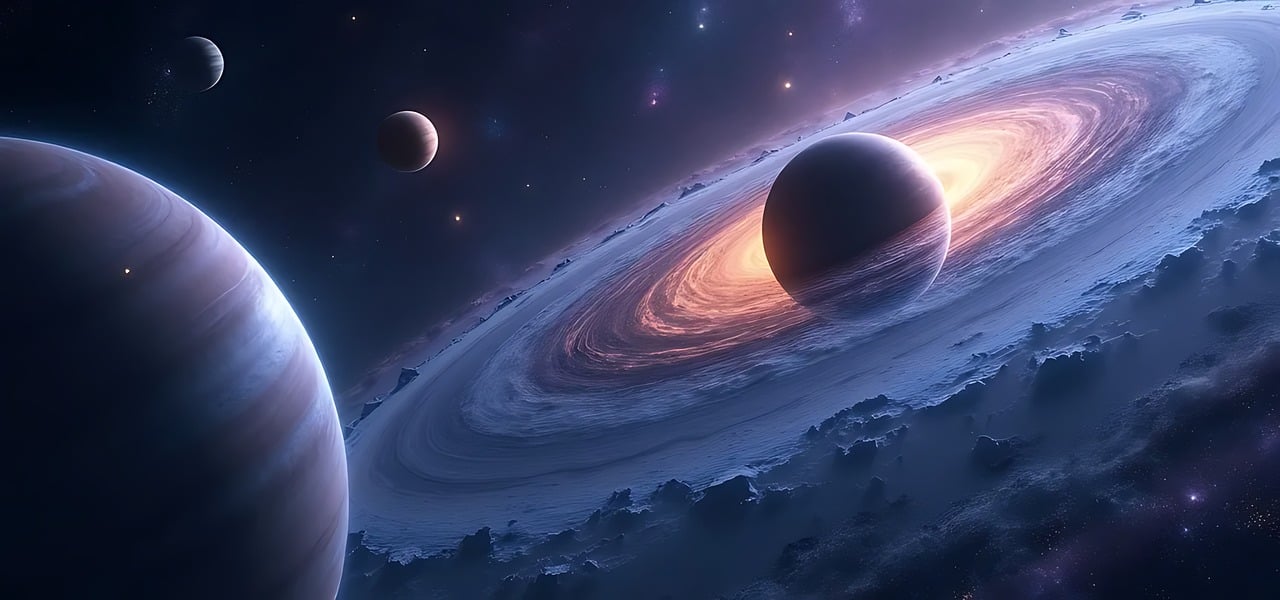The vast universe holds endless mysteries, and every so often, an extraordinary discovery changes how we see the cosmos. Stars-923 is one such phenomenon, captivating scientists and stargazers alike. Unlike other celestial bodies, Stars-923 exhibits unique features that could redefine current astrophysical theories. Let’s delve into what makes Stars-923 so fascinating and how it could reshape our understanding of the universe.
What is Stars-923?
A New Kind of Star with Unique Properties
Stars-923 is not just a typical star; its luminosity, spectral characteristics, and location set it apart. Identified through a combination of cutting-edge technology and dedicated research, Stars-923 represents a type of star previously unseen.
The Discovery of Stars-923
The Breakthrough Moment
Stars-923 was first discovered by astronomers using high-resolution telescopes that can capture light emissions far beyond the visible spectrum. During an observational project aimed at identifying celestial bodies, Stars-923 stood out due to its unusual brightness and irregular light pulses. This unexpected find is now sparking new questions and explorations.
Technology Behind the Discovery
Without advanced telescopic imaging and spectrometry, spotting Stars-923 would have been impossible. This discovery highlights how technological advancements are not only enhancing our ability to find new stars but also providing more detailed information about their structures and compositions.
Why Stars-923 Matters in the World of Astronomy
Challenging the Existing Classification of Stars
Most stars fit into a handful of categories based on their size, color, and energy emissions. Stars-923, however, defies conventional classification, suggesting there may be entire categories of stars we have yet to discover. Experts believe that studying could help redefine the parameters by which stars are categorized, potentially revealing unknown processes in stellar evolution.
Expanding Our Knowledge of Cosmic Evolution
Understanding could provide insights into the early formation stages of the universe. Scientists are particularly interested in its elemental composition, which seems to include heavy metals not commonly found in known stars. This composition could offer clues about the conditions of the universe in its infancy.
An Expert’s Take on Stars-923
Astrophysicist Dr. Alan Redfield Weighs In
Dr. Alan Redfield, a renowned astrophysicist, shares that “Stars-923 could represent a window into an entirely different cosmic age. If we can analyze its molecular structure, we may be looking at elements formed billions of years ago.”
Implications for Future Discoveries
According to Dr. Redfield, understanding may open doors to discovering other stellar phenomena that have been hidden until now. It serves as a reminder that space exploration is as much about asking new questions as it is about finding answers.
Characteristics of Stars-923: Why It’s Different
Spectral Properties and Elemental Makeup
It emits a wavelength pattern unlike any other, and its spectrum suggests the presence of rare heavy elements, including iridium and osmium. These spectral properties imply that is either incredibly old or formed under conditions that are no longer common in the universe.
Unusual Luminosity and Coloration
Its intense luminosity and unusual coloration further distinguish IT. Unlike standard stars that follow a red-to-blue spectrum based on temperaturIt has a slight purple hue. This distinct coloring may be linked to unique reactions occurring on its surface or deep within its core.
The Role of Stars-923 in Dark Matter Studies
Dark matter, the unseen substance making up a large portion of our universe, remains one of science’s biggest mysteries. The could provide clues, as its gravitational field appears stronger than other stars of similar size. Studying its gravitational pull might reveal patterns that help us understand how dark matter interacts with visible matter.
Real-Life Example: The Search for Similar Stars
In the wake of discovery, observatories worldwide are now on a mission to identify similar celestial bodies. A recent expedition by an international team of astronomers yielded a few candidates that share some traits with IT, though none with its exact composition or luminosity.
Controversies and Skepticism Surrounding Stars-923
Could It Be a Misinterpretation?
Some scientists argue that might not be a star at all. Due to the distance and potential for light interference, there’s a chance that what we see could be an optical illusion caused by light from multiple sources merging. Further studies are needed to confirm its authenticity as a single celestial body.
Limitations of Current Research
The technology we have is advanced, but it’s still limited. Some researchers caution that our current tools might not provide a full picture of Stars-923. They advocate for cautious optimism, acknowledging that while it’s a remarkable find, there’s much more to uncover.
Future Research and Exploration Opportunities
Ongoing Studies and Funding Initiatives
Several scientific bodies have now directed funding toward researching 923. These initiatives are expected to yield more detailed images and data, allowing scientists to dive deeper into its structural and elemental composition.
AI and Machine Learning in Stars-923 Analysis
Artificial intelligence is poised to play a significant role in future studies of 923. Machine learning algorithms can analyze vast amounts of data, potentially identifying patterns and correlations that would be impossible for humans to detect alone.
Conclusion:
It represents not only a fascinating discovery but also an opportunity to learn more about our universe. With continued study, this stellar phenomenon could help answer some of the most profound questions about our cosmos, from dark matter interactions to the origins of heavy elements.
FAQs
1. What makes Stars-923 different from other stars?
Ithas unique spectral properties and an unusual luminosity that set it apart. Unlike typical stars, it appears to contain rare heavy elements and emits a distinctive color.
2. Why is the discovery of Stars-923 important?
It may help expand our understanding of dark matter, stellar formation, and cosmic evolution, potentially leading to a new classification of stars.
3. Are there other stars similar to Stars-923?
While some stars share certain traits with it, none possess its exact characteristics, making it unique in the known universe.
4. Could Stars-923 be a misinterpretation?
Some scientists believe that light interference or multiple sources of light could create an illusion, but ongoing studies aim to verify its authenticity.
5. How can AI assist in studying It?
AI algorithms can process extensive data and identify patterns, helping astronomers analyze Stars-923’s properties in more detail.
















Leave a Reply